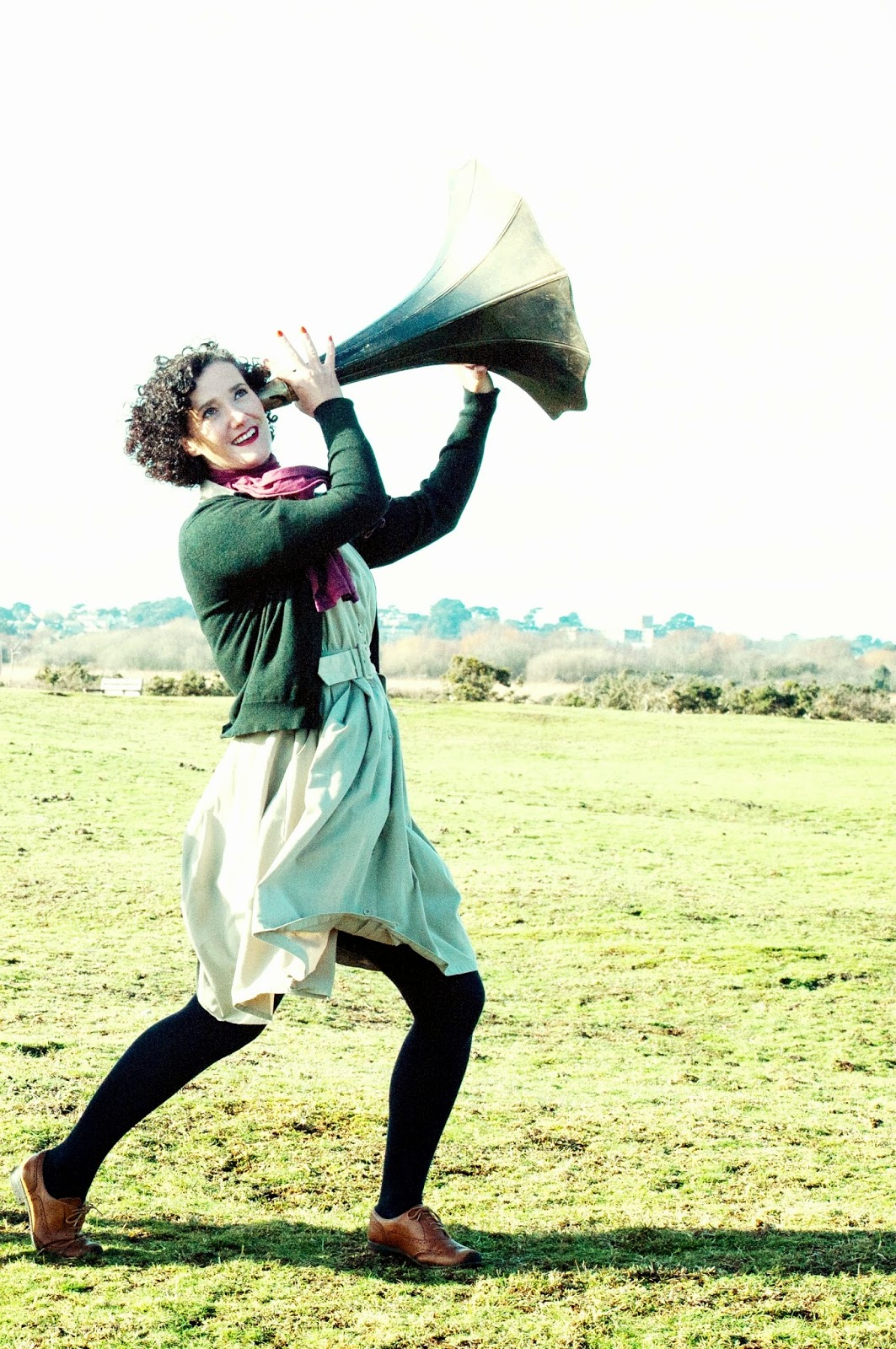Biography
- Welcome
NATIONAL INSTITUTE FOR SONIC GEOLOGY Mission statement: ‘Audiendo ad terram’: Listening to the Earth The Institute exits for the purpose of exploring, recording and interpreting geological sonic phenomena in the British Isles and sovereign...
- Sounding Space, Bournemouth Pleasure Gardens #015
SITE NOTESCompiled by Roger Millington and Dr Stella BarrowsThe Bournemouth Pleasure Gardens (Lower Gardens) Sounding Space is situated towards the end of the Bourne Chine in an area initially settled by Captain Tregonwell in the early 1800s. Bournemouth...
- Biographies
National Institute of Sonic Geology Dr Stella Barrows, (BsC, PhD, NISG) Born in Dorset and educated at the Sherborne School for Girls, Stella Barrows first became interested in notions of subterranean resonance when, as a girl, she met the pre-eminent...
- Chelmsford Sounding Space
SOUNDING SPACE 014: Bell Meadow, Chelmsford Overview Report, by Roger Millington. Photography by Miss Jenny Scott ‘Glaciers, Pebbles and Radio Waves’:Early data from the newly-discovered sounding space...
- Queen’s Park, Brighton: Subterranean Sonic Impact Assessment (subsass) #011
Recording the sonic impact of the deepest hand-dug well in the world!The Sounding Space at Queen’s Park offers NISG a unique opportunity to investigate how subterranean human activity can cause the percolation of sound into the Earth. At the same time,...
Biography
A GUIDE TO CITIZEN SCIENTIST INDUCTION PROCEDURES and INSTRUCTIONS FOR THE USE OF NISG DETECTION EQUIPMENT (THE EAR TRUMPET):
BY: ROGER MILLINGTON
PREAMBLE
Sonic Geology is an emerging science. Despite the importance of our work to humankind’s understanding of the Natural World, we still face unjustified scepticism and even physical threats in some quarters, from rival organisations and those who find our approach too challenging to their established world view.
This has led to severe funding limitations for our work, and the need for us to recruit Citizen Scientists of all ages and backgrounds in order to investigate sonic phenomena as and when they appear.
The following is intended as a guide for the recruitment of Citizen Scientists at the Sounding Space.
INDUCTION PROCEDURES:
When recruiting Citizen Scientists, the following Induction is suggested:
1. Approach the potential Citizen Scientist with a warm smile.
2. Introduce yourself.
3. Ensure that you use the correct NISG accreditation: Roger Millington, NISG, pleased to meet you!
4. Explain acronym where necessary and our motto: Audiendo Ad Terram: Listening to the Earth.
5. A handshake may be proffered where appropriate, and should be firm and authoritative (NB avoid any excessive gripping, particularly of the frail or elderly).
6. Initiate research discussion: Have you heard about the sonic experiment we are conducting here today?
7. Explain Research Context for the Sounding Space
8. Add folkloric elements where necessary to secure successful recruitment, but always stress the serious scientific nature of our enquiry:
We are Scientists, we have no truck with mythology; we are interested in cold, hard facts. However, it does appear that there may be some grain of truth in these old stories and tall tales.
As our research has progressed we have discovered that indeed it may be the case that over time, sometimes hundreds or even thousands of years, sound can become trapped in the folds of the earth, seeded, percolated and imprinted in the rocks beneath our feet.
Often, some Earth Trauma, mining perhaps, an earthquake or excess of Geomantic Earth Energy, seems to release these sounds, allowing us to detect them, catalogue them and analyse them. Just a few days ago we received a call saying just such a phenomenon was occurring here. And our primary method of detection and recording is the Ear Trumpet.
We are a small but dedicated band of researchers, and we have only limited funding, so if you would like to join us as Citizen Scientists we would be very grateful for your help.
9. Demonstrate Ear Trumpet technology:
It is really very simple. Sweep, Plant and Linger! Hold the earpiece to your ear and Sweep the ground in the manner of a metal detector. If you happen to detect a sonic phenomenon, simply Plant the trumpet on the earth and Linger while you listen. My colleagues will be happy to help you record your findings.
We have discovered that each individual researcher seems drawn to a particular Trumpet that suits them. If you will permit me, I would like to show you some of this cutting edge technology and then you can make your choice:
10. Ear Trumpet Selection– only available on site, assisted by Roger Millington
 |
| Sonic Investigator Hildegard Brunel demonstrating 'Ear Trumpet' technology |
- Welcome
NATIONAL INSTITUTE FOR SONIC GEOLOGY Mission statement: ‘Audiendo ad terram’: Listening to the Earth The Institute exits for the purpose of exploring, recording and interpreting geological sonic phenomena in the British Isles and sovereign...
- Sounding Space, Bournemouth Pleasure Gardens #015
SITE NOTESCompiled by Roger Millington and Dr Stella BarrowsThe Bournemouth Pleasure Gardens (Lower Gardens) Sounding Space is situated towards the end of the Bourne Chine in an area initially settled by Captain Tregonwell in the early 1800s. Bournemouth...
- Biographies
National Institute of Sonic Geology Dr Stella Barrows, (BsC, PhD, NISG) Born in Dorset and educated at the Sherborne School for Girls, Stella Barrows first became interested in notions of subterranean resonance when, as a girl, she met the pre-eminent...
- Chelmsford Sounding Space
SOUNDING SPACE 014: Bell Meadow, Chelmsford Overview Report, by Roger Millington. Photography by Miss Jenny Scott ‘Glaciers, Pebbles and Radio Waves’:Early data from the newly-discovered sounding space...
- Queen’s Park, Brighton: Subterranean Sonic Impact Assessment (subsass) #011
Recording the sonic impact of the deepest hand-dug well in the world!The Sounding Space at Queen’s Park offers NISG a unique opportunity to investigate how subterranean human activity can cause the percolation of sound into the Earth. At the same time,...
